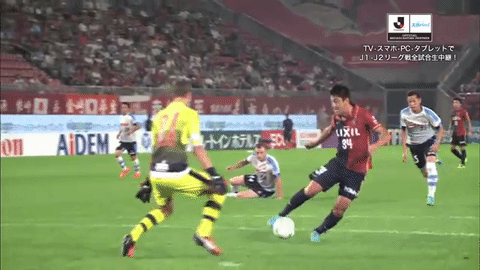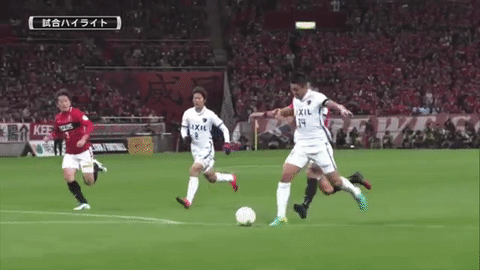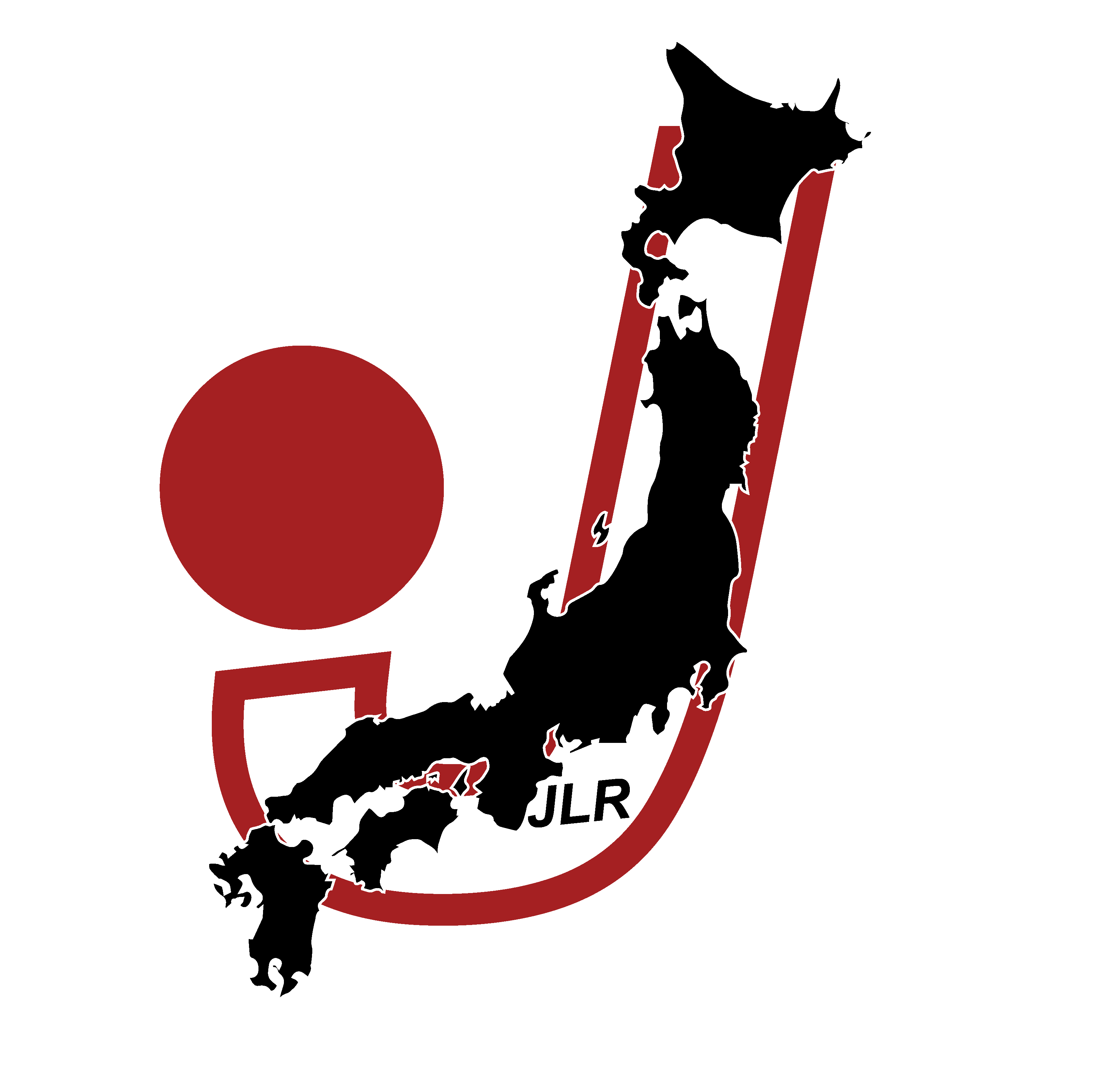J. League is over and Japanese football season is at its end. League matches are done, J. League Cup is out with a bang and Emperor’s Cup had to be anticipated. The blame falls on Kashima Antlers, who are living a wonderful season, despite the first part of the year didn’t promise that greatness.
Yet, Antlers’ greatness shouldn’t be a surprise. Looking at the last decade of J. League clubs and their performances, Kashima Antlers were one of the most constant teams and their history speaks for themselves. And even when in July they looked doomed to a possible mid-table season, they found a way to value what they have (and what they will feature: 2019 squad could have Taiki Hirato, Taro Sugimoto and Yuki Kakita back in Ibaraki).
ACL spots were far away, just like the lead in 2018 J1 League. But most of all, Antlers lost key-players both for injuries and due to market’s choices: Naomichi Ueda went to Belgium, Pedro Junior to China, Mu Kanazaki was swapped for Sagan Tosu’s Jung Seung-hyeon. Everything could get even worse, given the injuries for Atsuto Uchida and Leandro.
But Antlers have another mindset, a rare one among Japanese football. They thrive in hard times. So they had a wonderful run in the league to close in third position, even using B-team to win some games (like the one against Kashiwa Reysol); they lost a J. League Cup semifinal only to away goals; they’ll play Emperor’s Cup semifinals against Urawa Reds, hoping for another title.
Last but not least, they finally filled their cabinet with the only trophy historically missing: the AFC Champions League. Even in times of absolute dominance, they never even got close. At best, they reached quarter-finals. Instead, this time they knocked out Shanghai SIPG and Tianjin Quanjian, before living a crazy semifinal against Suwon. They got it; at that point, after a 2-0 home win in the first leg, managing the Iran leg against Persepolis became doable.
And the perfect embodiment of this mindset, of this steel mentality, comes from one of the youngest member of the team. Awarded as MVP of the competition, he has been around for a couple of seasons, but in 2018 he raised his level: Yuma Suzuki, who could be better described by a Robbie Williams’ song.
Good evening, children of cultural abandon / You searched for a saviour, well here I am
And all the best ones are dying off so quickly / While I’m still here, enjoy me while you can
Not your typical Japanese player
When you think about Japanese players, you get to associate them with a lot of fantasy, technique, but hard times in managing the pressure and the important moments. This could explain how certain trajectories developed in the last years, like how one of the biggest names in recent history is currently playing with the second team or how a glorious talent managed to be at 2014 World Cup and then disappeared from the national scene. But with Kashima players is different.
You could see that already with some senators in Ibaraki: Hitoshi Sogahata, Mitsuo Ogasawara or the new captain Gen Shoji aren’t exactly like others. Even in their defeat against Real Madrid in the final of 2016 FIFA Club World Cup, you have seen something different. This goes also for Yuma Suzuki, who though adds also a little extravaganza to his character, making himself totally different from other youngsters.
Class ’96, Suzuki wasn’t at 2016 Rio Olympics. He wasn’t a super-pumped talent, like Takefusa Kubo or even the Platinum Generation. He didn’t develop in a context where he could have easily found some minutes. No, he had to work hard to emerge. It happened in a strange situation, when Kashima Antlers looked at their youth system to find a missing piece. Mu Kanazaki is back, but Caio has left in the Summer and Masatada Ishii – the new coach, who replaced Toninho Cerezo mid-season – needs something more.

You could think that co-existence between Kanazaki and Suzuki would have been difficult, but somehow it worked. Moreover, Suzuki was fundamental to lead Antlers in several moments. He gained the crucial PK to win the title in 2016; he scored in the FIFA Club World Cup semifinal against Atlético Nacional. And he had no doubt: if he would have scored against Real Madrid, he would have done do a Cristiano Ronaldo-celebration, just like his idol.
The story told something else: Kashima Antlers almost won that final, only to be stopped by a Cristiano Ronaldo hat-trick. Yuma Suzuki even hit the bar during extra-time, but it wasn’t enough. But he didn’t stop there: he took the no. 9, he immediately left his mark on 2017 Japanese Super Cup by scoring the winning goal and he took Antlers by the hand with time. Until this Summer.
Welcome to the Heavy Entertainment Show / The charisma’s non-negotiable
Welcome to the Heavy Entertainment Show / I’m about to strip and you’re my pole

2018 and beyond
The development of Yuma Suzuki hasn’t been unexpected. Just like Scott McIntyre underlined many times, Suzuki “would push your grandma to score”. This is a mentality missing in Japanese football, but he has it and he clashed with the other good player who has the same hunger in Ibaraki: Mu Kanazaki. At a certain point, the club opted to bet on the youngster and let Mu – a clear factor in J. League – go to Kyushu.
Reasons for such a bet were there: Suzuki scored 16 goals in 2017, after the 10 of 2016. 2018 even improved his digits, since he reached 17 and there’s time to improve, maybe getting to 20 while bringing more trophies to Antlers. Meanwhile, he even developed tactically, playing as a winger in recent times, improving even under this aspect.
These progresses didn’t go un-noticed. MVP of AFC Champions League, Suzuki was also named in the shortlist for Asian Footballer of the Year, losing only to Qatari star Abdelkarim Hassan. He would have also debuted in the national team, but an ankle sprain took him off from Moriyasu’s choices for friendly games against Venezuela and Kyrgyzstan: we would have probably seen the Antlers’ kid debuting with Japan national team.
What now, though? There’s a good chance of seeing Suzuki with Japan at 2019 Asian Cup. I think he and Koya Kitagawa have the chance of being the back-up of Yuya Osako in UAE, while Kashima Antlers have still to play Emperor’s Cup and most of all the FIFA Club World Cup. A win against Guadalajara is everything that’s separating Antlers from taking a shot at revenge with Real Madrid, which seem less stronger than two years ago.
Can Yuma Suzuki achieve all of this? Can he pull off more growth? Can he dream of a European future? I hope so. He definitely won’t give up on his desires, since he has a strong personality: so strong it could even clash with someone in the future, but his grit is no measure for any other Japanese player you’ve seen until now (and probably see in the next future).
Welcome to the Heavy Entertainment Show / I’m a volcano that’s about to blow
Welcome to the Heavy Entertainment Show / This is how I’d like to say “Hello”


2 thoughts on “Welcome to the Yuma Entertainment Show”